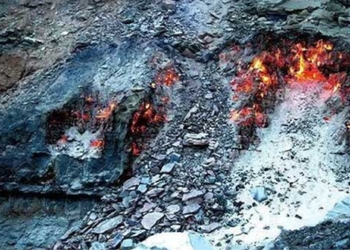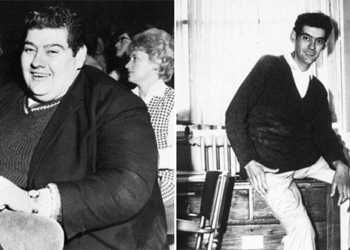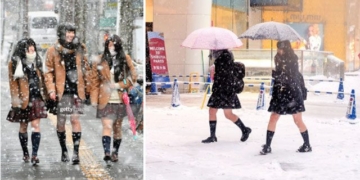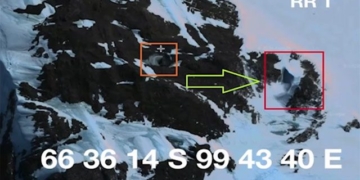The decades-long fire has transformed the mining town of Centralia from a vibrant place into a desolate hell.
Before 1962, Centralia, Pennsylvania, was a thriving coal mining town. However, that changed when a fire broke out in May of that year. While authorities are unclear about what ignited the fire, the consequences are evident. The fire spread into the labyrinth of mines beneath the town, causing damage along the way. Cracks appeared in the ground, releasing gas and smoke throughout the town, forcing most residents to evacuate. Today, after 62 years, the fire continues to burn, according to IFL Science.
According to Business Insider, the town of Centralia has been on fire since 1962. The exact cause of the fire remains a mystery, but chemists can explain why it continues to burn continuously.
Centralia is situated atop some of the largest coal deposits in the world. This was a fortunate discovery for the town in the 19th century, as coal was one of the main energy sources, fueling the Industrial Revolution.
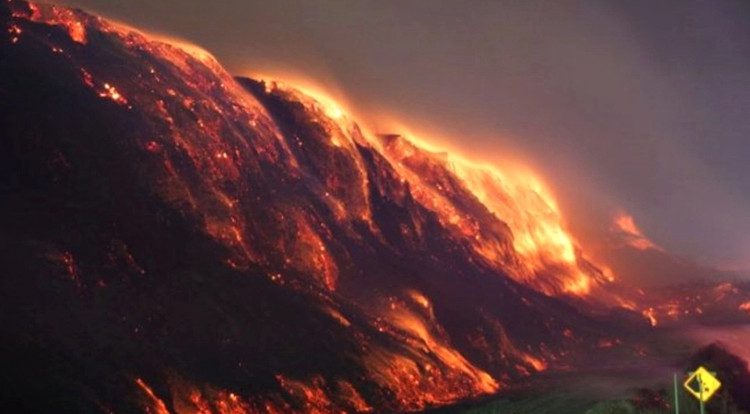
The fire in Centralia has been burning for 50 years. (Photo: Hypescience).
Before the fire began, Centralia relied on the mining industry for over a century. The key to the town’s success was the abundant anthracite coal deposits beneath its surface. As soon as the mines began to open, Centralia was incorporated in 1866. Initially named Centreville, the town changed its name in 1865 after the U.S. Postal Service indicated that there was already a town with the same name in Schuylkill County. By the 1890s, the town was home to over 2,700 people dependent on the mining industry. Even during the Great Depression, which forced many mines to close, the town continued to thrive.
Throughout its existence, fires were not uncommon in Centralia. Several fires erupted in the mines during the 19th and 20th centuries, causing varying degrees of damage. However, none compared to the fire of 1962. Authorities do not know exactly when or how the fire started. A popular theory is that the fire began in a landfill in Centralia, which was one of the mines converted into a dump. At the time, the town council wanted to address the waste issue that attracted rats and caused unpleasant odors. In May 1962, they decided to clean up the landfill before the town’s celebration, and their solution was to burn it.
The fire may have spread deep into the mines, igniting a coal seam and expanding into a much larger blaze. Because the mine network sprawled and intertwined beneath the entire town, mining operations had to cease due to the toxic carbon monoxide-laden smoke. The fire spread so far into the tunnel network that managing it seemed impossible. Residents of Centralia were compensated to relocate.
Coal burns slowly and steadily, meaning it can take a long time to be completely consumed. As long as there is enough heat, fuel, and oxygen to sustain it, the fire will not extinguish. That is why the flames rising from the coal mine can burn fiercely for many decades.
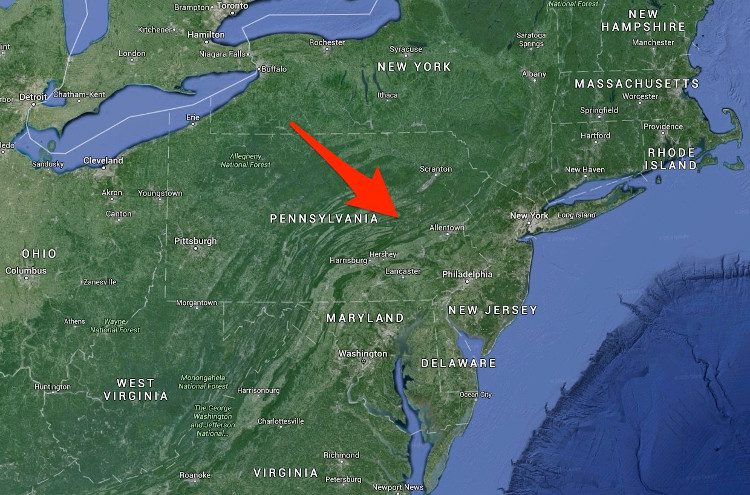
Centralia is marked at the tip of the arrow on the Google Map. (Photo: Google Map).
Today, the fire in Centralia covers 15.5 km2 and spreads 23 meters each year. Researchers predict the fire could continue to burn for the next 250 years. Approximately 1,000 residents lived in Centralia at the time the fire first emerged, initially believing it was only a minor inconvenience. However, their perceptions changed as sulfur and carbon monoxide smoke began seeping out of the mines, nearly suffocating the residents. The underground fire also caused the ground to crack, leading to sinkholes appearing everywhere.
Authorities in the town struggled in vain to extinguish the fire for many years. They drilled holes into the mines and filled them with sand to block the air supply, but this method proved ineffective. They were forced to abandon their efforts in the 1980s.
The state government closed Centralia in 1992, and most residents left. Today, only a handful of people remain. The town has become a canvas for graffiti artists. However, this is not an isolated case. Around the world, there are thousands of fires caused by burning coal, all of which are nearly impossible to extinguish. The risk continues to grow. Exposed coal seams are susceptible to ignition from human activity or natural chemical processes. The United States, China, and India are among the countries with the highest number of coal fire incidents in the world.








































